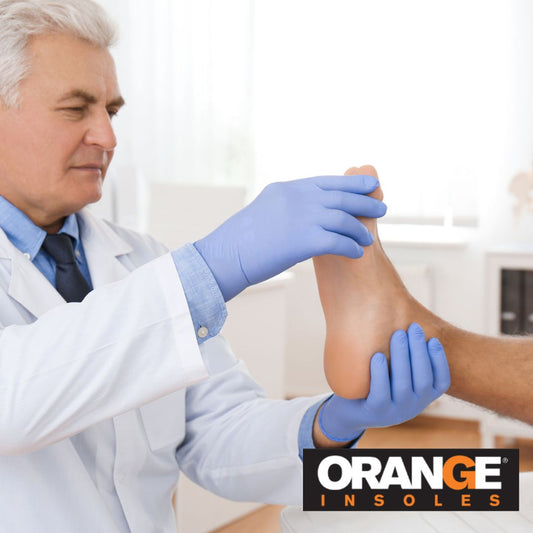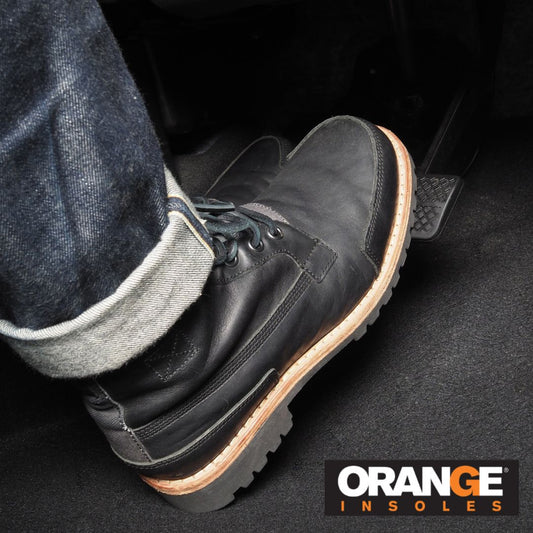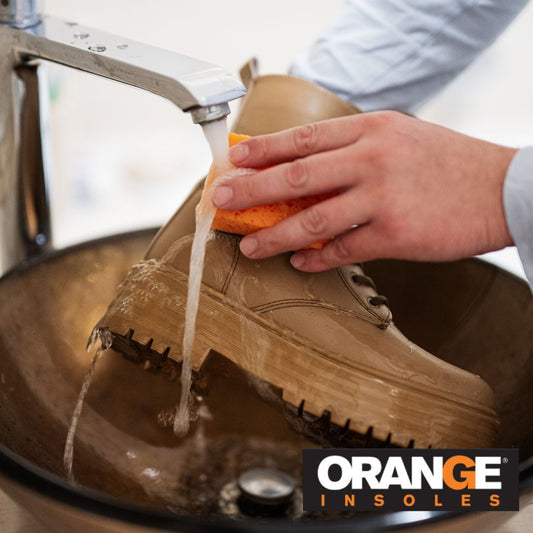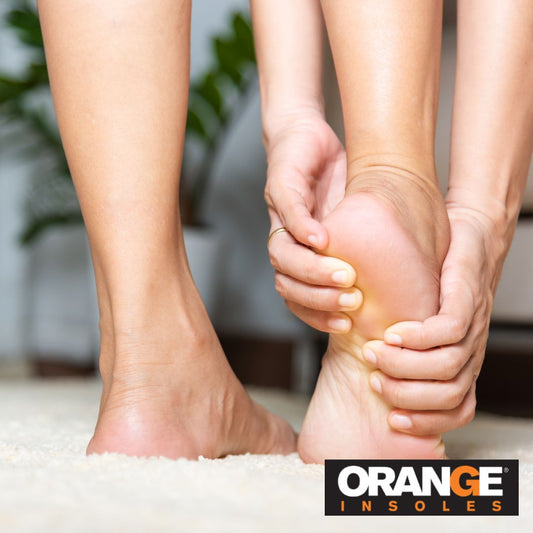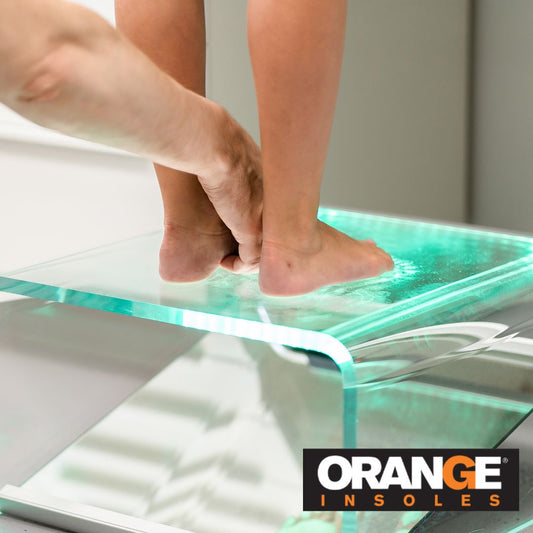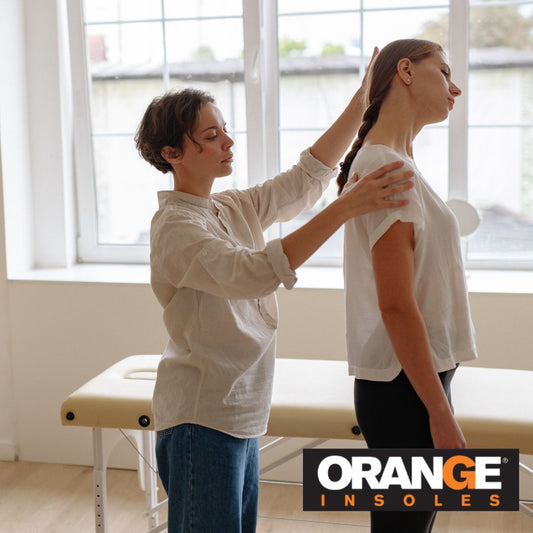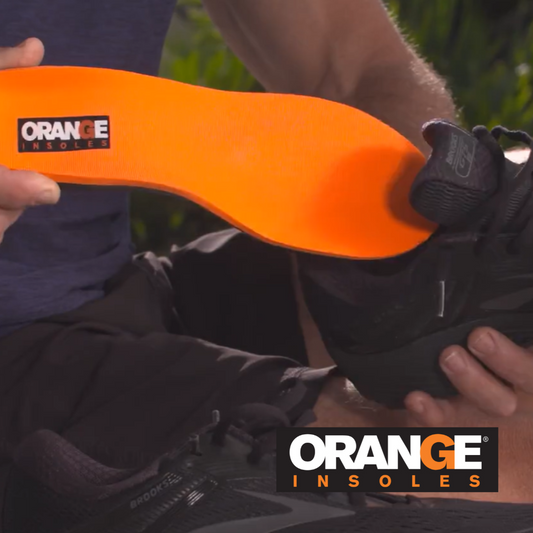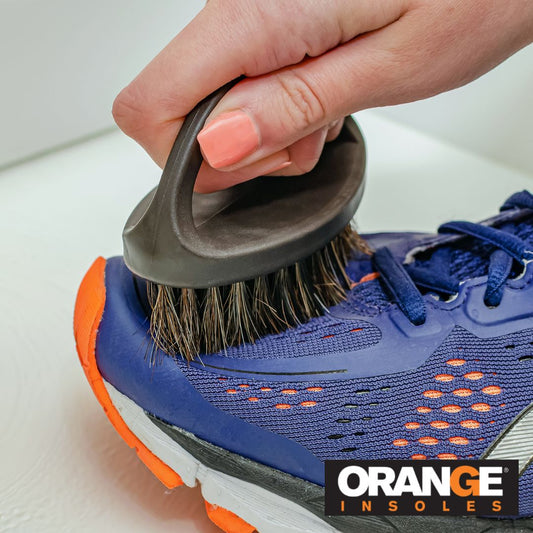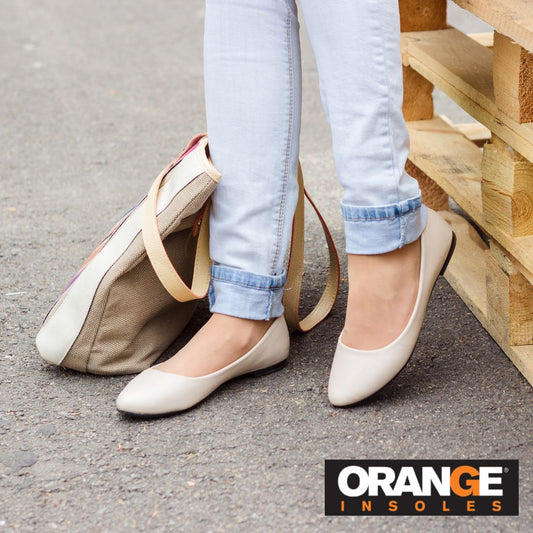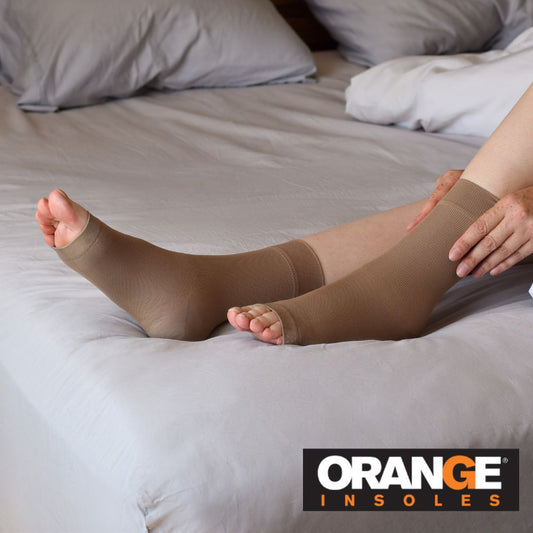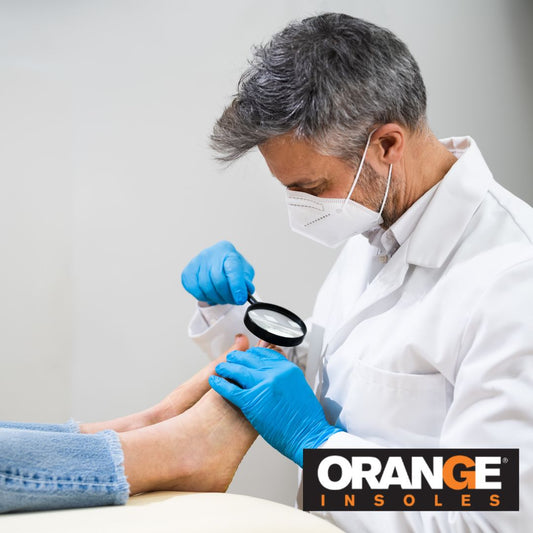Have you ever felt that pain in your heel after a long day on your feet? Or maybe had a pair of shoes leave you with foot pain? Your ‘sore feet’ might actually be Plantar Fasciitis.
Plantar Fasciitis is the most common injury in America… so common that many of us don’t even know that we have it!
We get a lot of questions about foot pain, so we thought it would be worth the time to really dive into Plantar Fasciitis and answer some of the ones most frequently asked.
What is the Plantar Fascia?
In order to answer this, let’s take a look at the foot:

Most of us are familiar with tendons: the flexible cords of collagen tissue that connect muscle to bone. But there are similar tissues called fascia, which are more like flat sheaths of tissue. Where tendons are like a rope, a fascia is more like a sheet of plastic wrap.
The Plantar Fascia is a fascia along the bottom of the foot. It’s quite literally what puts the spring in your step!
It’s got more coverage than the average tendon, but it’s also thinner and more prone to stretching and tearing if you don’t take care of your feet properly.
Which brings us to our next question:
What is Plantar Fasciitis?
In Latin, the root ‘itis’ indicates inflammation. So at its core, Plantar Fasciitis is just that: undue stress has been placed on the Plantar Fascia, causing it to stretch or tear, and become inflamed.
This can lead to uncomfortable feelings of burning, pain, and soreness. This is most commonly presented in the heel, but you can also feel plantar fasciitis in your forefoot or arches… anywhere the Plantar Fascia makes contact with bone.
What Causes Plantar Fasciitis?
The most common cause is overpronation.
When your foot moves through its natural gait, it will roll in slightly. While this is a normal part of your stride, there are some folks who overpronate- their feet roll excessively inward as they walk.
This type of motion elongates the Plantar Fascia. Prolonged over-stretching leads to inflammation.
Having tight calf muscles can also be a factor. If your calf muscles are tight enough, they can pull at the plantar fascia. This is particularly relevant for women who wear high heels regularly. Regularly wearing heels can shorten the calf muscle, which then is overstretched when flat shoes are worn. This pulls on the Plantar Fascia, causing foot pain.
What Are Common Plantar Fasciitis Symptoms?
Most people describe Plantar Fasciitis as ‘sore feet,’ and as such it’s the #1 injury in the US that most of us don’t realize we have!
If you’ve experienced foot discomfort when ramping up your physical activity in a short period of time, you may be experiencing plantar fasciitis.
Another common symptom: heel pain in the morning. If your feet hurt as soon as you get out of bed, it’s a good indicator that you’re dealing with Plantar Fasciitis. Think of it this way: you’ve been stretching your Plantar Fascia all day. It’s inflamed by the end of the day when you go to bed. Overnight, your Plantar Fascia will try and heal itself. But as soon as you wake up, you put weight on your feet and stretch out the Plantar Fascia all over again, causing a fresh burst of pain.
It’s a troubling injury, and one that can impact your enjoyment of daily activities.
How can you treat Plantar Fasciitis?
For short term relief, you can roll a bottle of frozen water under your foot. The cold will help reduce the inflammation and the healthful stretching will help as well.
But if you’re dealing with Plantar Fasciitis, you’ll want to approach the problem holistically. If you don’t address the underlying cause of the Plantar Fasciitis, it can linger for a long time. Your feet are one of the furthest points from your heart on your body, which means lower blood flow and a longer healing time.
Here are a few things to consider:
Stretching & Strenghtening
Stretching your feet properly can go a long way in preventing/treating Plantar Fasciitis.
First, make sure you’re stretching your calf muscle (solius) to ensure that it isn’t putting undue stress on your Plantar Fascia.
Second, try doing some stretching and strengthening exercises designed to build up endurance in your feet. (For example, try picking marbles up off the floor and placing them in a jar using your toes.)
Standing on one foot can be a good way to improve balance and strength as well.
Your Form
Your proper running/walking form can be a major factor as well. An over-pronating foot type is often prone to suffering from Plantar Fasciitis.
Try a running or walking clinic to see about improving your form, in addition to the exercises mentioned above.
Ensure Proper Arch Support
Lack of arch support can contribute to Plantar Fasciitis, which is why it’s important to make sure that you choose footwear with the right amount of medial arch support.

When the medial arch is posted up, the plantar fascia is able to relax. However, if the arch is flat, the Plantar Fascia is pulled tight, which can lead to soreness and pain.
If you’re looking for a way to ensure that you have enough arch support in your shoes, you may want to consider an insole.
Orange Insoles are designed with a deep heel cup, extensive medial arch support, and a metatarsal pad in order to provide support and comfort along the entire range of the medial arch. It’s available in three styles meant to fit nearly any kind of shoe… to help protect against Plantar Fasciitis no matter what kicks you’re sporting.
Check out our inventory and find a pair that’s right for you, and for both of your barking dogs!







